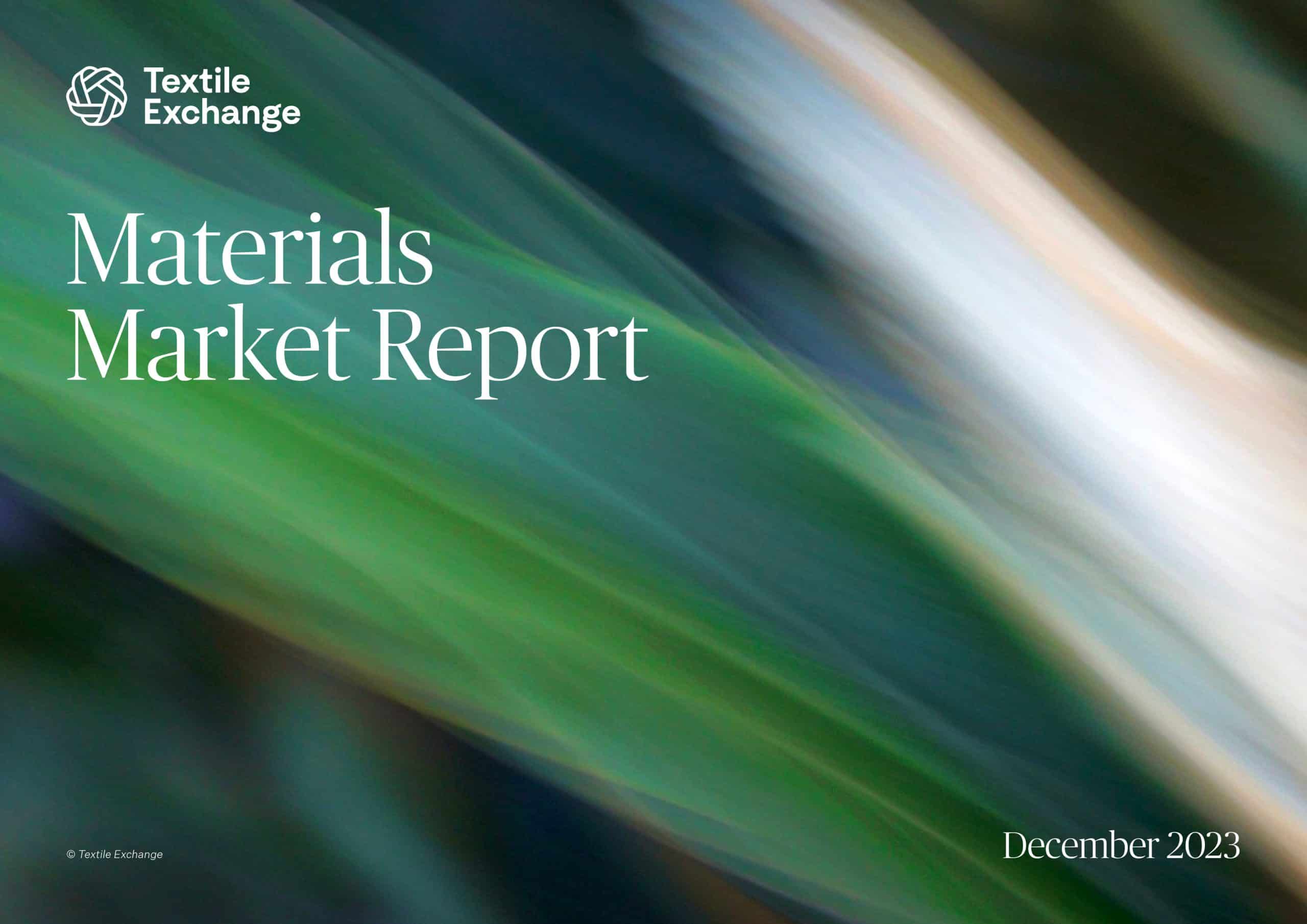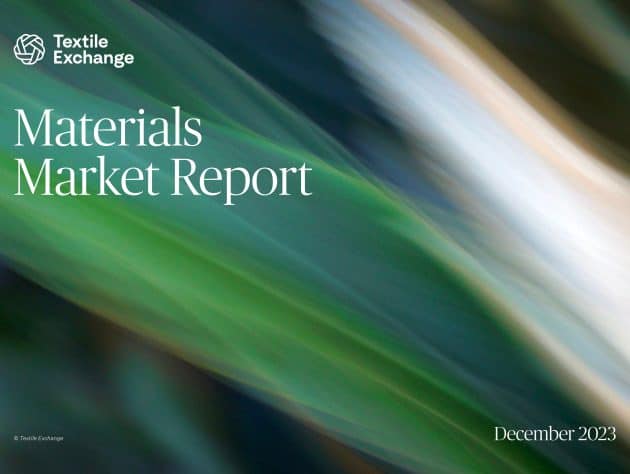Materials Market Report 2023

This is a previous edition of the Materials Market Report, containing data from the year 2022.
View the latest editionThe Materials Market Report has been the leading source for global fiber and materials production volumes for the last decade.
The Materials Market Report report helps inform the textile industry’s efforts to reduce emissions associated with raw material production in line with a 1.5-degree temperature rise pathway.
The 2023 edition of the report – which includes materials produced for the fashion, textile, and apparel industry as well as for other industries – shows that global fiber production increased from around 112 million tonnes in 2021 to a record 116 million tonnes in 2022. This is expected to grow to 147 million tonnes in 2030 if business continues as usual.
The percentage of natural fibers produced via programs with sustainability elements slightly increased in 2022, including cotton (25% in 2021 to 27% in 2022) and wool (3% in 2021 to 4.3% in 2022). However, the production of virgin fossil-based synthetic fibers also rose from 63 million tonnes to 67 million tonnes. Polyester continues to be the most widely produced fiber globally, making up 54% of production in 2022.
After years of growth, the combined share of all recycled fibers slightly decreased from around 8.5% in 2021 to 7.9% in 2022. This was mainly due to a decrease in the market share of recycled polyester – 99% of which was made from plastic bottles – from 15% in 2021 down to 14% in 2022. Reasons for this decrease include the growing competition for PET bottles as feedstock along with the systematic challenges in scaling textile-to-textile recycling. Less than 1% of the global fiber market came from pre- and post-consumer recycled textiles in 2022.
The findings illustrate a need to speed up the overall shift to fibers from preferred sources, to “double down” on efforts to rapidly reduce the use of virgin fossil-based materials, and to invest in strategies that decouple value creation from the extraction of new materials overall.
For many years, Textile Exchange reported on the total fiber and raw materials market, including programs for various levels of “preferred” fibers, as well as the conventional business as- usual. To better reflect this, in 2023, we decided to update the report’s name from the “Preferred Fiber & Materials Market Report” to the “Materials Market Report.”
Download the report
Our Materials Market Report is freely available to all.

Discover the key takeaways
- Global fiber production per person has increased from 8.3 kilograms in 1975 to 14.6 kilograms per person in 2022.
- Polyester production volumes increased from 61 million tonnes in 2021 to 63 million tonnes in 2022. Polyester continues to be the most widely produced fiber, making up 54% of the global market in 2022.
- Cotton from the programs recognized by the 2025 Sustainable Cotton Challenge returned to 27% of total cotton production in 2021/22. This followed a decline to 25% in 2020/21 due to a variety of factors, including weather variations, changes to the Better Cotton program, market conditions, and socio-political challenges.
- Wool produced according to the Responsible Wool Standard (RWS), ZQ, SustainaWOOL (GREEN and GOLD), and Climate Beneficial™ increased from around 3% in 2021 to 4.3% in 2022. This was as high as 74% in the Falkland Islands (Malvinas), 53% in South Africa, 35% in Uruguay, and 21% in Argentina.
- Manmade cellulosic fibers certified by FSC- and/or PEFC had an estimated market share of about 60-65% of all MMCFs in 2022.
- Recycled textiles’ market share slightly decreased from around 8.5% in 2021 to 7.9% in 2022. Pre- and post-consumer recycled textiles accounted for less than 1% of the total global fiber market in 2022.
Previous editions of this report
FAQs
If you have any questions about the Materials Market Report, please look at our FAQ page. If this doesn’t answer your question, feel free to get in touch with us.